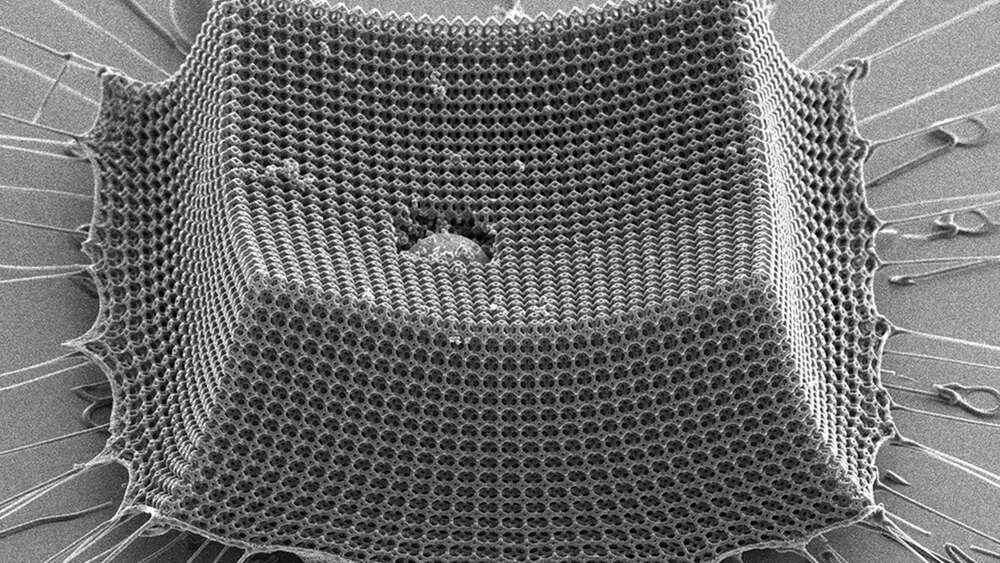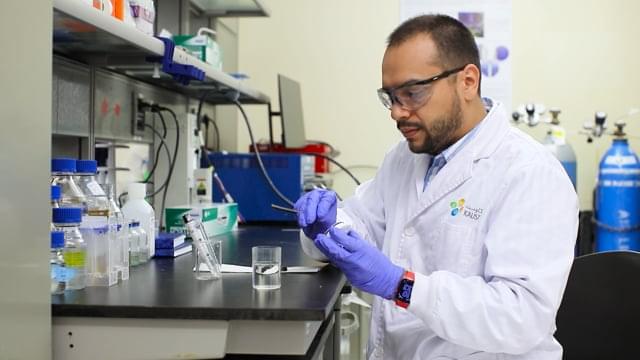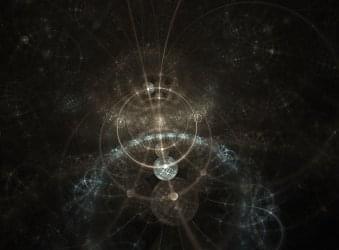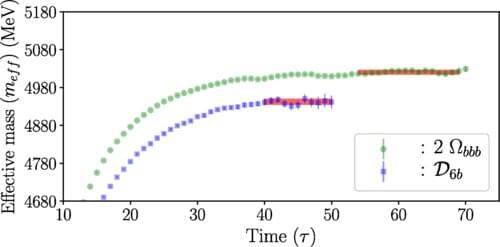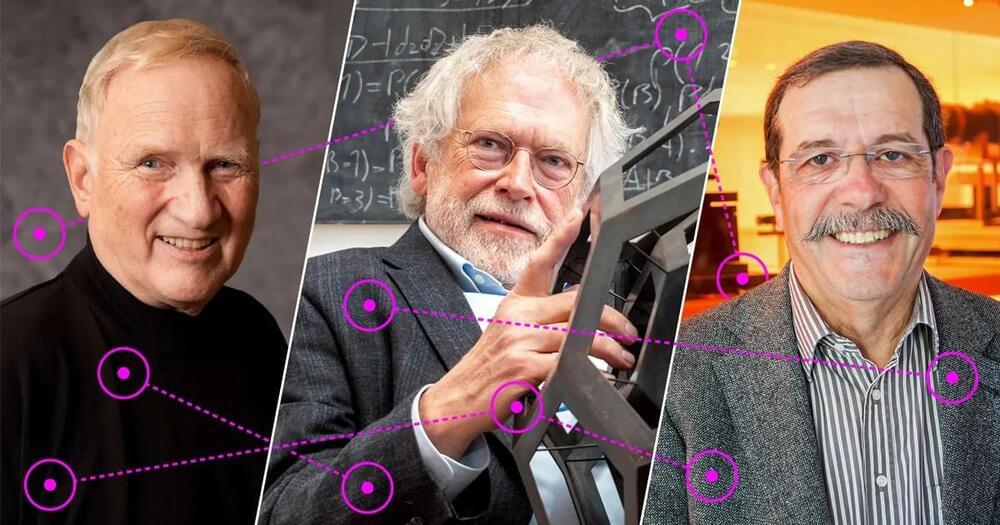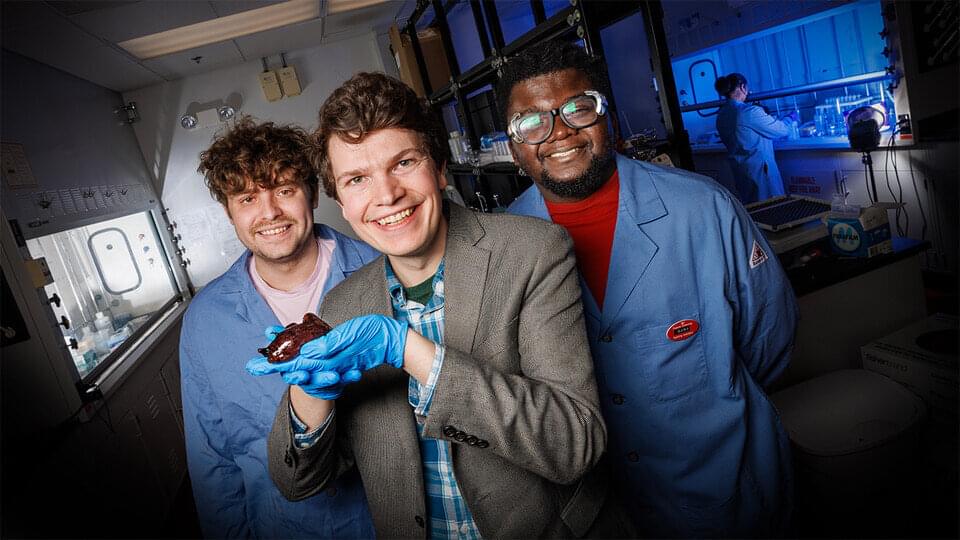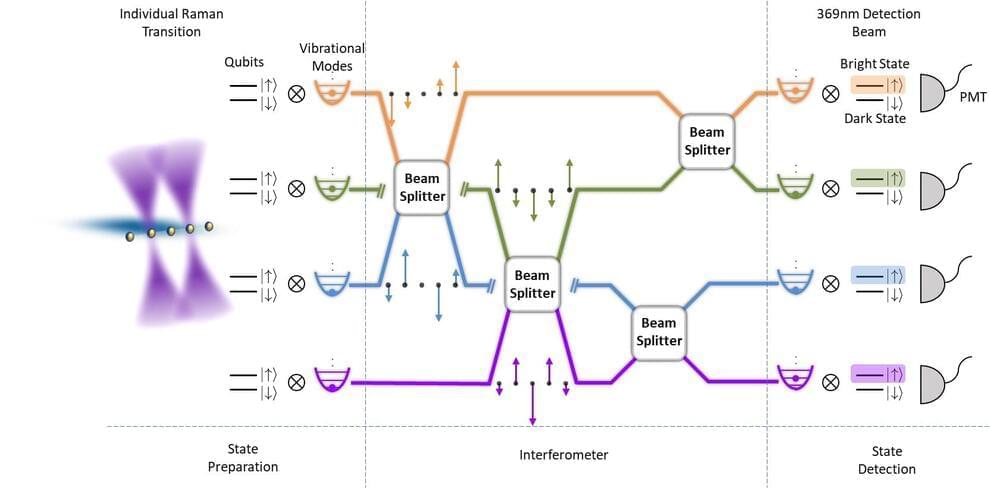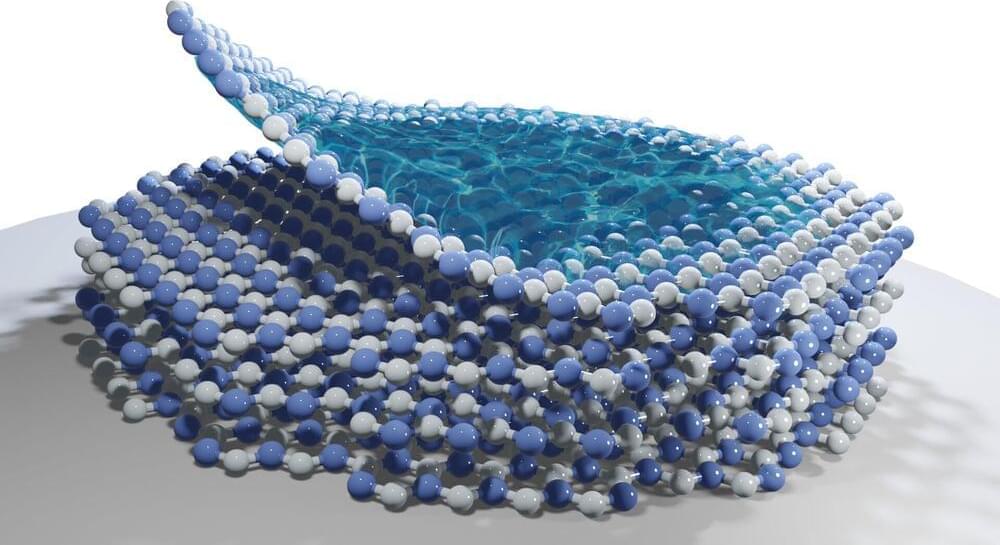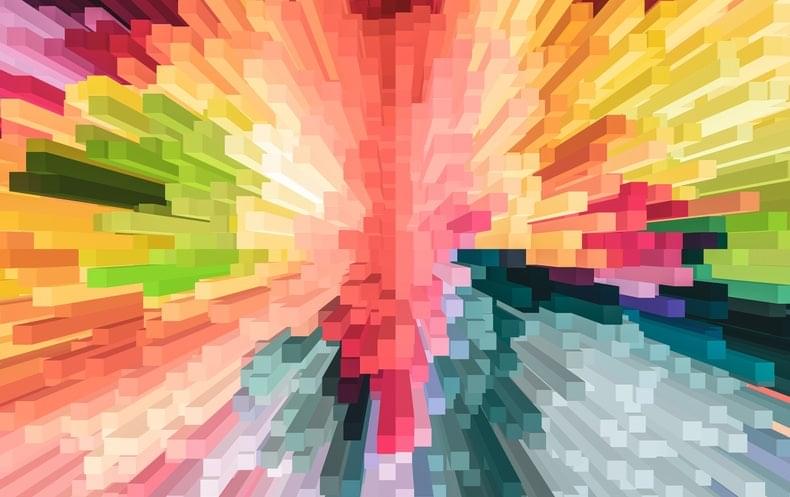A joint research project’s findings have just been published in the journal Nature Materials from engineers from MIT, Caltech, and ETH Zurich that has yielded a “nano-architectured” material that could prove stronger than Kevlar and steel. This material, once scaled, could provide a means of developed lightweight, protective coverings, blast shields, and other impact-resistance materials and armors for various industries.
The material is less than a width of a human hair, but still able to prevent the tiny, high-speed particles from penetrating it. According to the researchers behind the project, when compared with steel Kevlar, aluminum rother impact-resistant materials of comparable weight, the new nanotech armor outperforms them all.
